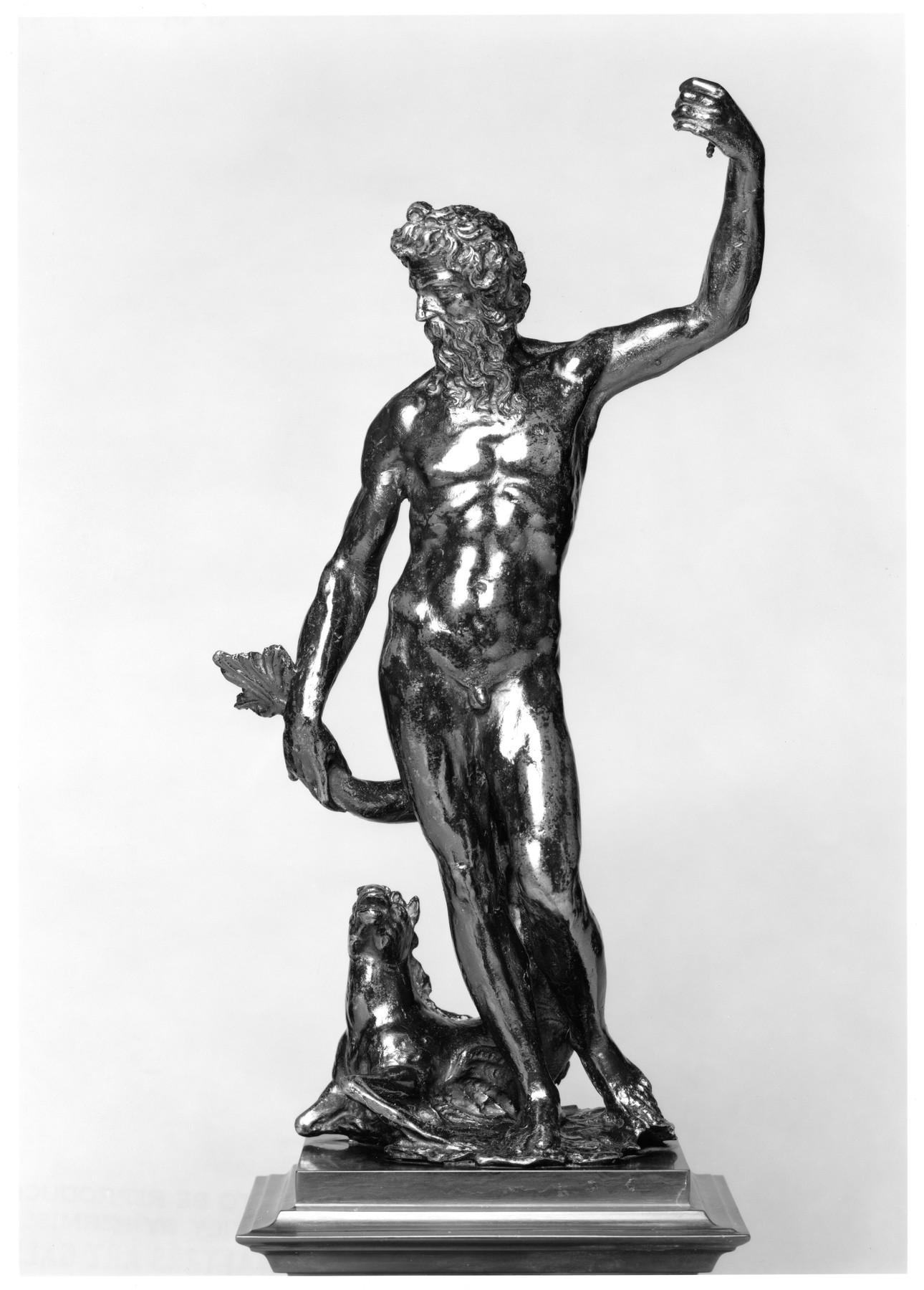Neptune with a Seahorse
(Renaissance Europe )
Neptune was the Roman god of the sea. Here, he is accompanied by a hippocamp, or sea horse, a mythological creature that was half horse and half fish, that he has grabbed by the tail. Originally, the god would have held a trident in his left hand. Neptune was often represented as a symbol of the Republic of Venice. Through the city's great port passed much of the trade between the lands of the eastern Mediterranean and Europe, so identifying with the Olympian ruler of the seas was a natural choice. This piece demonstrates the svelte anatomy preferred by many Venetian sculptors.
Provenance
Provenance (from the French provenir, 'to come from/forth') is the chronology of the ownership, custody, or location of a historical object. Learn more about provenance at the Walters.
Henry Walters, Baltimore [date and mode of acquisition unknown]; Walters Art Museum, 1931, by bequest.
Conservation
| Date | Description | Narrative |
|---|---|---|
| 6/22/1977 | Treatment | cleaned |
| 3/3/1978 | Treatment | cleaned |
Geographies
Italy, Venice (Place of Origin)
Measurements
H: 16 15/16 × W: 5 7/16 × D: 4 3/4 in. (43 × 13.8 × 12 cm)
Credit Line
Acquired by Henry Walters
Location in Museum
Accession Number
In libraries, galleries, museums, and archives, an accession number is a unique identifier assigned to each object in the collection.
In libraries, galleries, museums, and archives, an accession number is a unique identifier assigned to each object in the collection.
54.49


